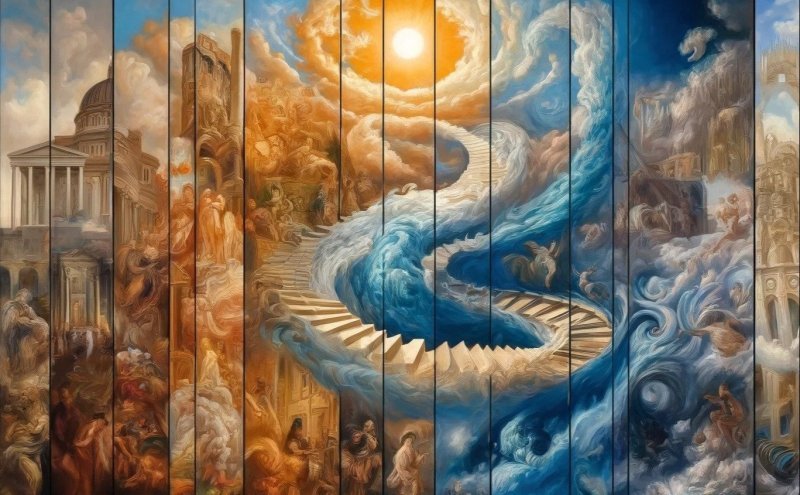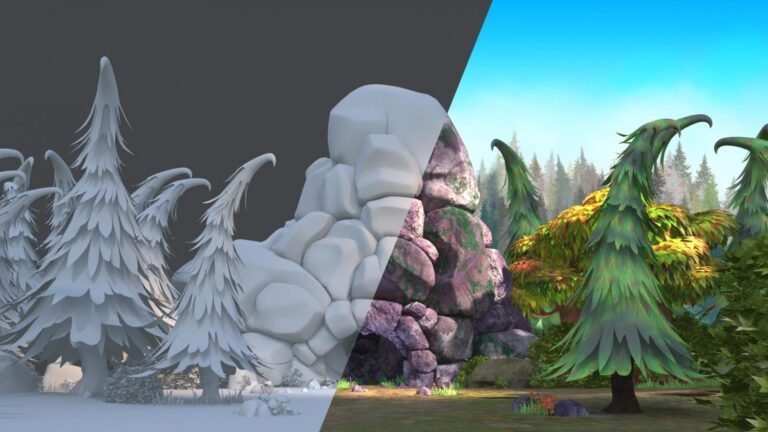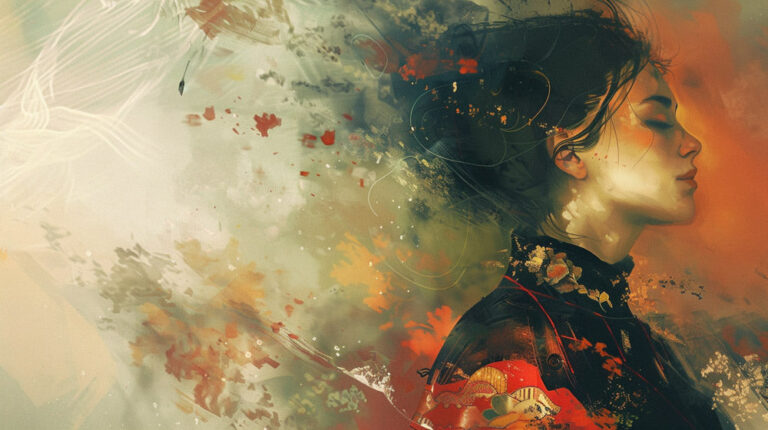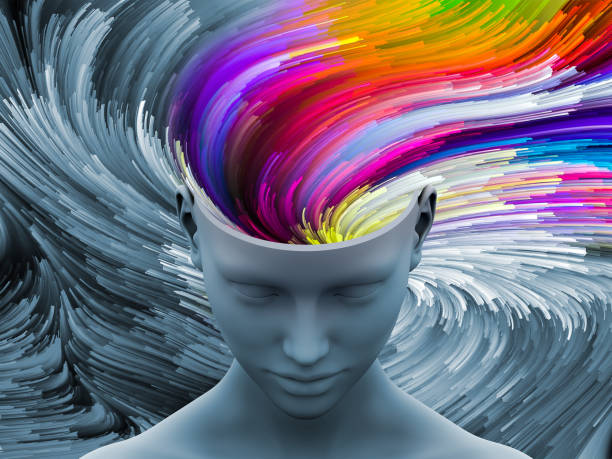
Art has consistently dominated the world of design. Various renowned art movements over the years have left an indelible mark on how we perceive and design contemporary visuals, ranging from graphic design to architecture and digital media. Knowledge of these movements not only helps us understand design more profoundly but also enables designers to take cues for their own designs today.
1. Bauhaus
The Bauhaus movement that started in Germany during the early 20th century stressed minimalism, functionality, and plain design. It brought about the concept of “form follows function,” or design with a specific purpose without excessive decoration. This ideology is used to this day in the design of web and products. Minimalist interfaces, plain typography, and grid-based layouts all have a huge debt to Bauhaus.
2. Art Deco
Art Deco was popular during the 1920s and 1930s and is characterized by its bold lines, geometric forms, and opulent styling. Its legacy can be seen in branding, fashion, packaging, and interior design today. Metallic hues, symmetry, and high-contrast images employed in luxury product designs tend to evoke Art Deco inspiration.
3. Pop Art
Started in the 1950s, Pop Art is bright, whimsical, and based on popular culture. Artists such as Andy Warhol and Roy Lichtenstein incorporated bold colors, comic book aesthetics, and depictions of common scenes into their work. Contemporary advertisements, computer illustration, and social media posts often employ the same concepts, bold, flashy images created to get attention quickly and resonate with the public.
4. Minimalism
Whereas not necessarily ever considered a legitimate “movement,” minimalism gained popularity during the 1960s and is still a powerful presence in contemporary design. The idea of “less is more” permeates logo design, app layouts, and even clothing. Designers now still adhere to minimalist color palettes, crisp typography, and plenty of blank space to craft beautiful, user-friendly designs.
5. Surrealism
Surrealism, with its dreamlike imagery and fantastical composition, continues to influence creative design. Artists such as Salvador Dalí demonstrated the power of bizarre, otherworldly images to engender strong emotions. In contemporary design, surrealist concepts are found in advertisements, fashion photography, and computer graphics — sometimes employed in order to shock the viewer or create an air of mystery.
6. Constructivism
This Russian movement featured aggressive typography, adamant lines, and emphasis on visual communication. Contemporary graphic design, especially in posters and political or social media artwork, frequently employs constructivist ideology to present strong, coherent messages visually.
Conclusion
Modern design keeps changing, but its roots lie in art movements of the past. Bauhaus provides us with streamlined functional arrangements; Art Deco provides refinement and symmetry; Pop Art adds excitement and humor; Minimalism encourages simplicity; Surrealism inspires imagination; and Constructivism provides strong communication. By learning from these art movements, contemporary designers are able to marry eternal artistic concepts with contemporary technology to produce work not just beautiful, but significant and powerful.





